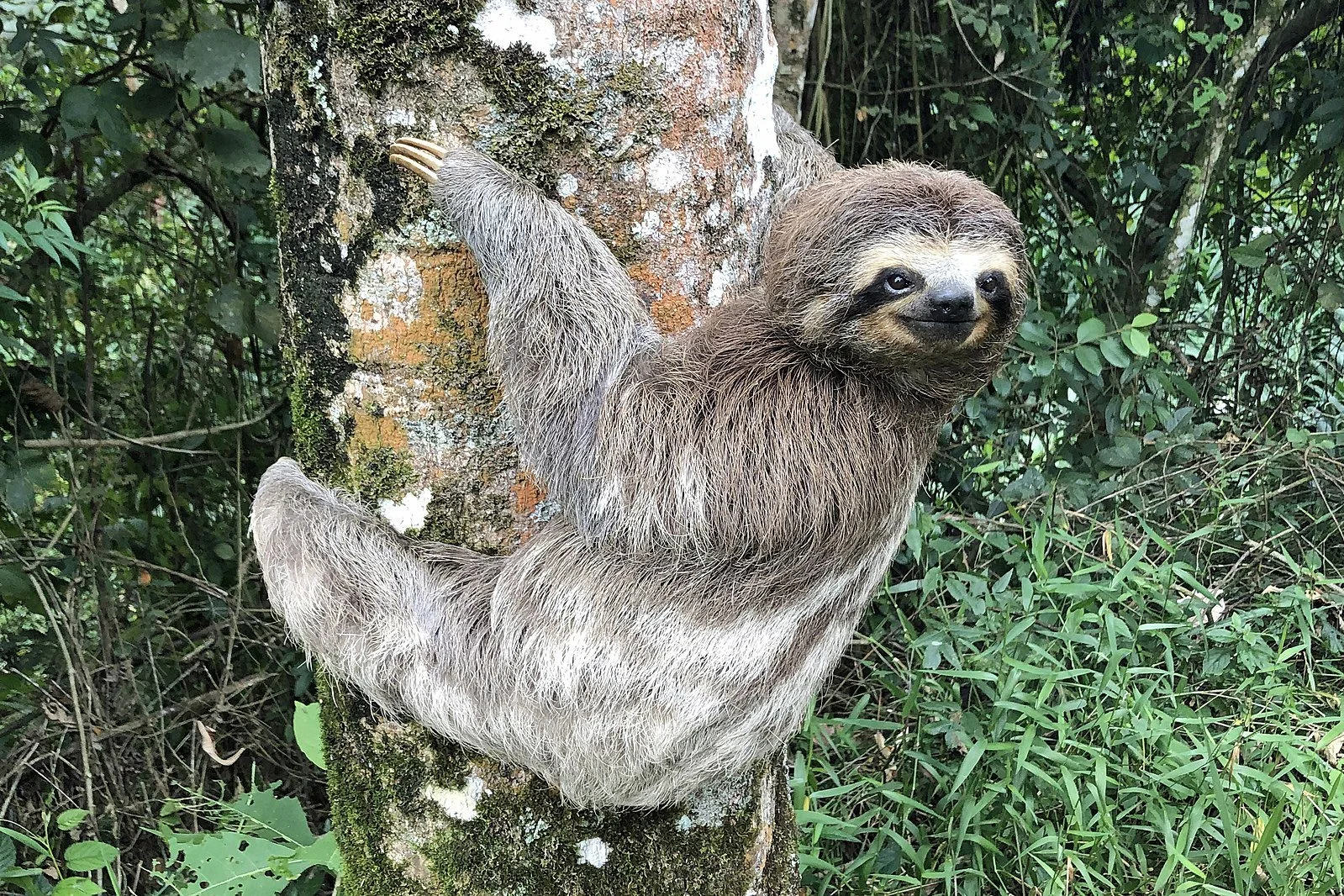How did early Polynesian explorers find islands?
The short answer
Early Polynesian explorers were able to traverse vast distances of the Pacific Ocean to discover and inhabit numerous islands by using navigational techniques based on natural cues like the stars, birds, cloud formations, and ocean waves.
A quick note: While I'll keep the focus of this question is on the voyages made by the Polynesian people since they traveled much greater distances, similar advanced seafaring techniques were used by the Micronesian and Melanesian people, who are often left out of historical accounts on this topic.
The long answer
The green area is known as the Polynesian Triangle. (Click on the image for a bigger size.) "Chronological dispersal of Austronesian people across the Pacific" is licensed under CC BY 4.0 DEED.
Between 1100-900 BCE, the ancestors of the Polynesians, the Lapita people, set off from Taiwan and started to inhabit islands in Remote Oceania. Their eventual settlement in the Polynesian Triangle, a geographic area that includes over 1,000 islands in an ocean area of over 10 million square miles, stands testament to their exceptional seafaring capabilities.
The settlement took a thousand years to complete. By the time European sailors entered the Pacific Ocean in the 1500s, almost all the habitable islands had been settled for centuries.
When Europeans learned that Polynesians had no modern navigational equipment, most were dismissive of the techniques they used to navigate the ocean. The prevailing view was that ancient Polynesian boats had simply drifted directionless and accidentally stumbled upon islands. However, recent computer simulations and voyages in replica canoes have demonstrated that the probability of accidental migration is very small.
How did early Polynesian explorers find islands?
The Polynesian explorers were exceptionally in tune with the natural environment and paid attention to cues that would indicate when they were approaching landmass. These techniques were memorized and passed down through oral tradition.
On an expedition to find a new habitable island, it's thought that their crew would pay 14 days of supplies – 5 days to go out, 5 days to come back, and a buffer of 4 days worth of supplies in case of storms.
Here are some of the ways Polynesian explorers found islands:
Bird-watching: Nearly all seabirds nest on land, so when birds were spotted, it was usually a good indicator that an island was nearby. Fairy terns, for instance, stay within 20-30 nautical miles of land.
Reading the waves: Waves that occur because of swells, wind, and bouncing off land all have distinct characteristics to the trained eye. As you get closer to islands, waves are shorter, steeper, and break more easily, while in the open ocean, they present as slow undulations.
Cloud observations: Certain types of clouds only appear near or above land, like V-shaped clouds. The colors of clouds also provided a clue. For instance, a cloud with a dark underbelly hinted at vegetative land below, while a whitish underside could indicate sand or coral reefs.
Sensing water temperature: As one neared land, the water's temperature would become warmer, giving explorers another sign of an approaching island.
Once islands were found, the Polynesians would navigate between islands using stargazing. They memorized the entire night sky and used stars as their primary navigation tool, referencing the rising and setting points of certain stars and constellations at different times of the year. Key stars divided the sky into quadrants, creating a star map that could be used as a compass for directions.
Why did Polynesians explore the Pacific Ocean?
Okay, so we know the wildly impressive ways that Polynesian explorers traveled the ocean – but why do it in the first place? Why take the leap into the unknown? Here are some reasons why ancient Polynesians decided to set off into the vast expanse of the ocean:
Fishing expeditions: Ancient fishermen, while searching for new fishing territories or pursuing schools of fish, often found new islands by paying attention to the natural cues listed above.
Overpopulation: As island societies got better at food production and grew in size, there was a need for more space and resources.
Natural disasters: Adverse events, like tsunamis, catastrophic storms, famine, or drought, would create a need to find a new home, since the natural environment of islands are slower to bounce back than larger landmasses.
Curiosity and exploration: Humans are naturally curious to travel into uncharted territories. It's likely that Polynesian people explored for the sake of exploration.
Curious about how the world works?
Today You Should Know is a free, weekly email newsletter designed to help you learn something new every Friday.
Subscribe today 👇
Check out some other curious questions:
Sources
Anissimov, M. (2023, October 7). What is the Polynesian Triangle?. AllTheScience. https://www.allthescience.org/what-is-the-polynesian-triangle.htm
Kawaharada, D. (1999). The Discovery and Settlement of Polynesia. http://www2.hawaii.edu/~dennisk/voyaging_chiefs/discovery.html
Martins, K. (2020, August 07). Polynesian Navigation & Settlement of the Pacific. World History Encyclopedia. Retrieved from https://www.worldhistory.org/article/1586/polynesian-navigation--settlement-of-the-pacific
Polynesian Voyaging Society. (n.d.). Closing the Triangle: A Quest for Rapa Nui. Hawaiian Voyaging Traditions. https://archive.hokulea.com/rapanui/heritage.html
Scott, M., & Lindsey, R. (2009, November 23). Wave Clouds from South Sandwich Islands. NASA Earth Observatory. https://earthobservatory.nasa.gov/images/41390/wave-clouds-from-south-sandwich-islands
TED-Ed. (2017). How did Polynesian wayfinders navigate the Pacific Ocean? - Alan Tamayose and Shantell De Silva. YouTube. Retrieved October 18, 2023, from https://www.youtube.com/watch?v=m8bDCaPhOek&ab_channel=TED-Ed .
Tempest, S. (2015, August 27). How Did Early Explorers Find Small Islands?. Slate Magazine. https://slate.com/human-interest/2015/08/how-did-early-explorers-find-small-islands.html






It’s like an American accent but with calendars.